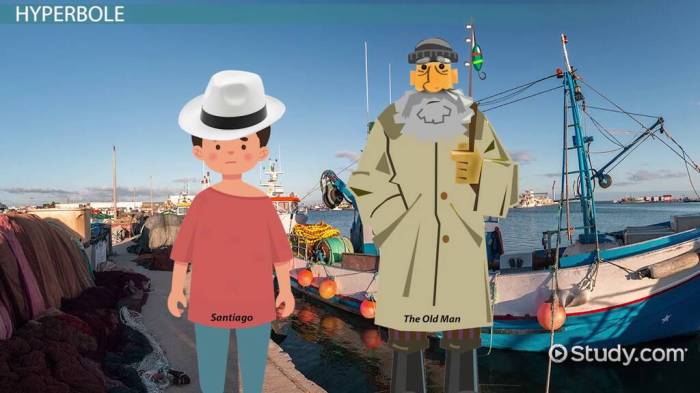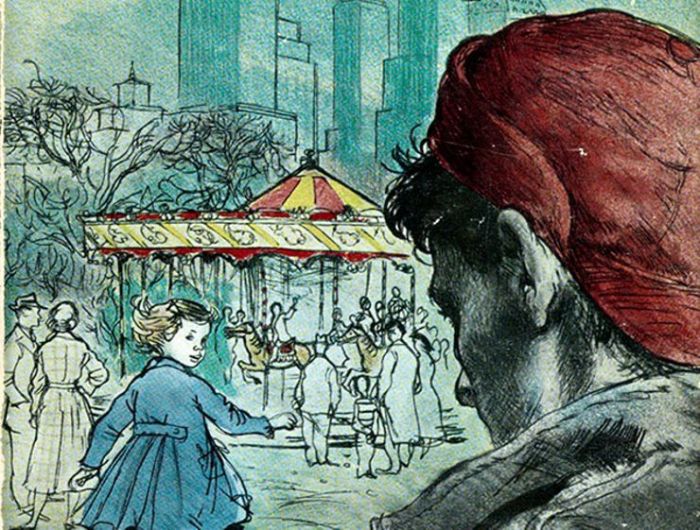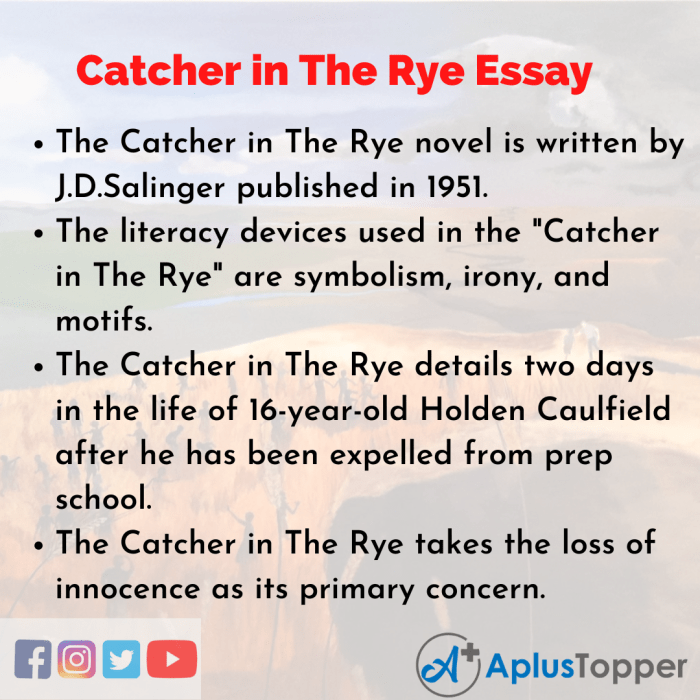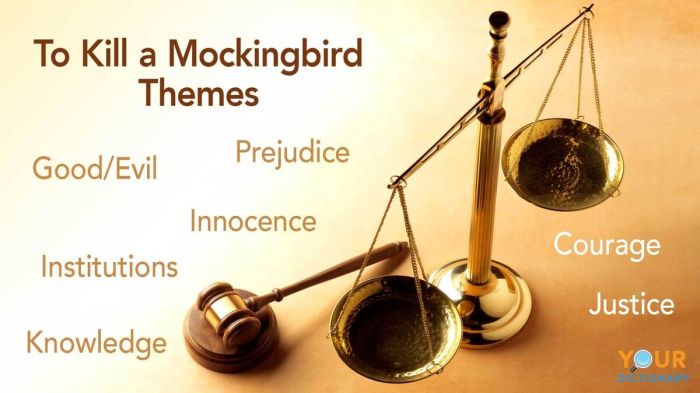Figurative language in the catcher in the rye – Figurative language in “The Catcher in the Rye” plays a pivotal role in shaping Holden Caulfield’s perspective, enhancing the novel’s exploration of innocence, disillusionment, and the complexities of adolescence.
Through the use of metaphors, similes, personification, irony, and hyperbole, author J.D. Salinger immerses readers in Holden’s unique and often contradictory worldview, providing a deeper understanding of his character and the themes that resonate throughout the novel.
Figurative Language in “The Catcher in the Rye”
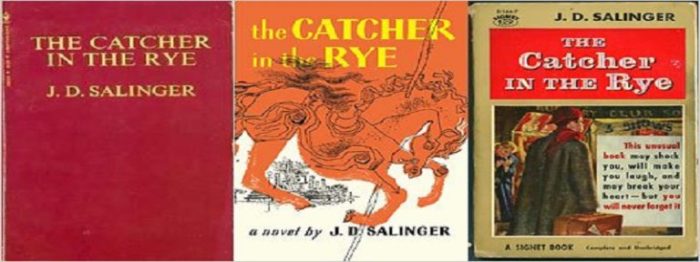
J.D. Salinger’s “The Catcher in the Rye” is renowned for its rich use of figurative language, which plays a pivotal role in conveying the protagonist Holden Caulfield’s unique perspective and shaping the novel’s overall themes.
Metaphors in “The Catcher in the Rye”, Figurative language in the catcher in the rye
Salinger employs metaphors throughout the novel to create vivid imagery and convey Holden’s complex inner world.
- “Phonies”:Holden’s frequent use of the metaphor “phonies” reflects his disillusionment with the superficiality and hypocrisy he perceives in society.
- “The Catcher in the Rye”:The titular metaphor symbolizes Holden’s desire to protect children from the corruption of the adult world.
Similes in “The Catcher in the Rye”
Salinger’s use of similes enhances the reader’s understanding of Holden’s character and experiences.
- “He was as nervous as a cat on a hot tin roof”:This simile vividly captures Holden’s anxiety and discomfort.
- “He was like a fish out of water”:This simile conveys Holden’s sense of alienation and displacement.
Personification in “The Catcher in the Rye”
Salinger employs personification to give human qualities to inanimate objects and abstract concepts.
- “The wind howled through the trees”:This personification suggests the wind’s anger or frustration.
- “The city seemed to close in on him”:This personification conveys Holden’s feeling of being overwhelmed by the urban environment.
Irony in “The Catcher in the Rye”
Salinger uses irony to explore themes of innocence and disillusionment.
- “Life is a game”:This ironic statement highlights Holden’s youthful naivety and his eventual realization that life is not as simple as he once believed.
- “The only thing that drives me nuts is the phonies”:This ironic statement reveals Holden’s hypocrisy, as he himself often behaves in a “phony” manner.
Hyperbole in “The Catcher in the Rye”
Salinger’s use of hyperbole emphasizes Holden’s emotional state and exaggerates his experiences.
- “I’m so bored I could die”:This hyperbole conveys Holden’s extreme boredom and frustration.
- “I’m the most terrific liar you ever saw”:This hyperbole reveals Holden’s insecurity and his desire to appear more sophisticated than he actually is.
Expert Answers: Figurative Language In The Catcher In The Rye
What is the significance of metaphors in “The Catcher in the Rye”?
Metaphors allow Holden to express his unique perspective and convey complex emotions, such as his disillusionment with the adult world and his longing for innocence.
How do similes enhance the reader’s understanding of Holden’s character?
Similes create vivid comparisons that help readers visualize Holden’s experiences and connect with his emotional state, providing a deeper understanding of his thoughts and feelings.
What impact does personification have on the novel’s tone and atmosphere?
Personification brings inanimate objects and abstract concepts to life, creating a sense of intimacy and empathy, and contributing to the novel’s dreamlike and introspective atmosphere.
How does irony contribute to the novel’s exploration of innocence and disillusionment?
Irony highlights the contrast between Holden’s idealistic view of the world and the harsh realities he encounters, emphasizing the loss of innocence and the disillusionment that accompanies growing up.
What is the role of hyperbole in creating a sense of urgency and intensity?
Hyperbole exaggerates Holden’s emotions and experiences, conveying the intensity of his feelings and the urgency he feels to protect his innocence and individuality.
